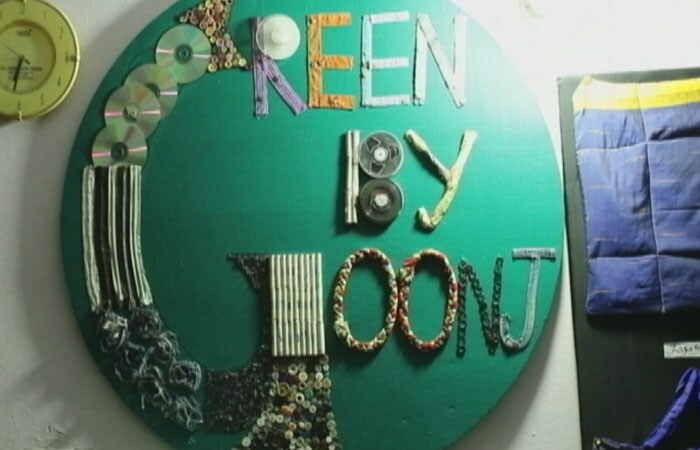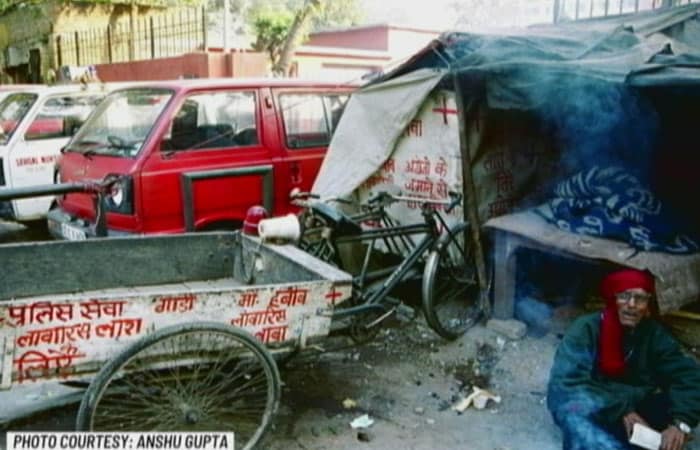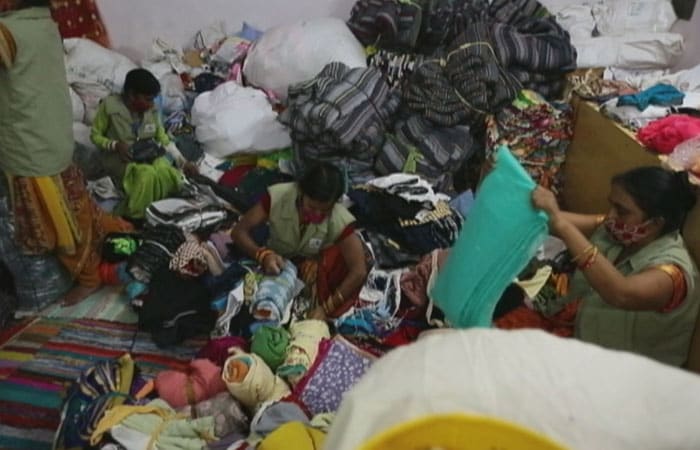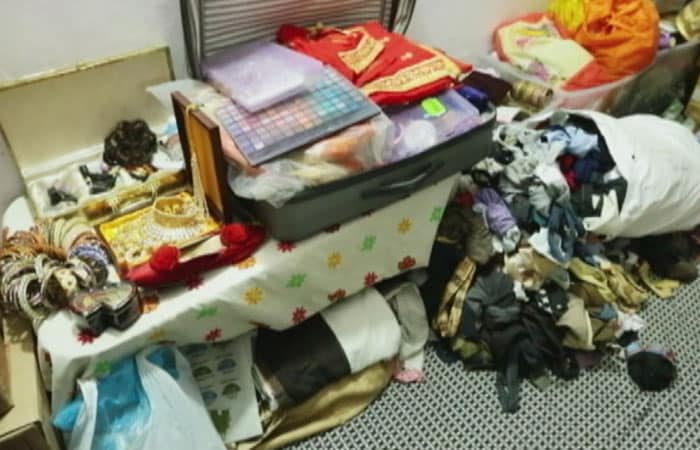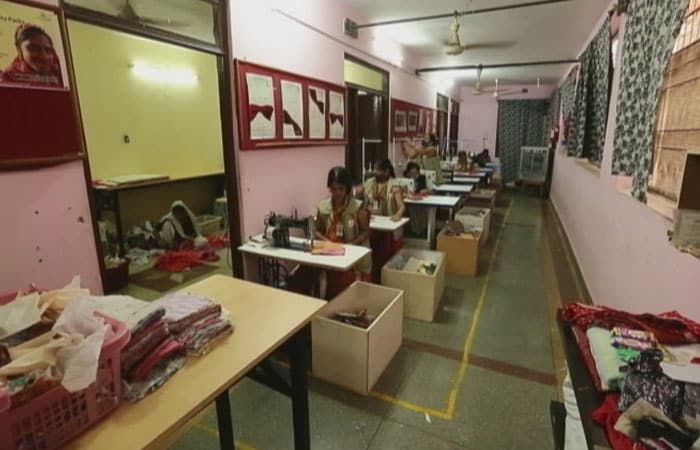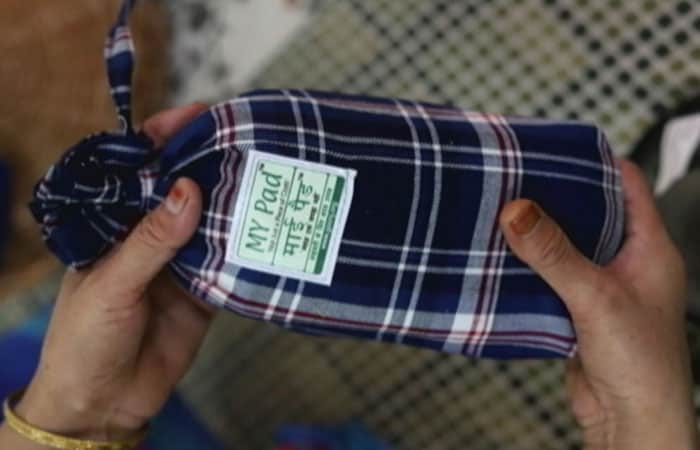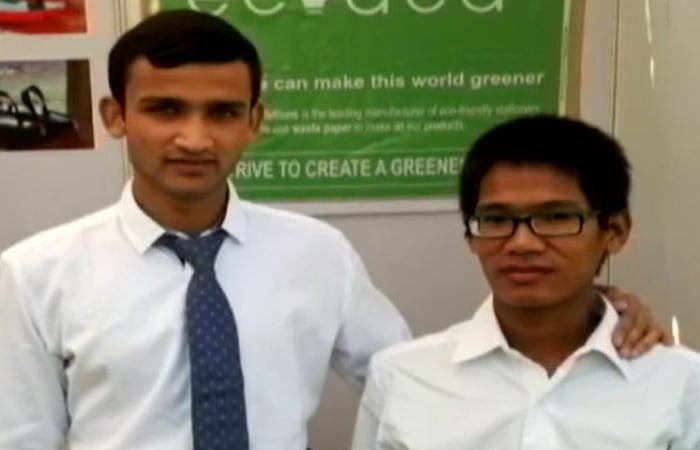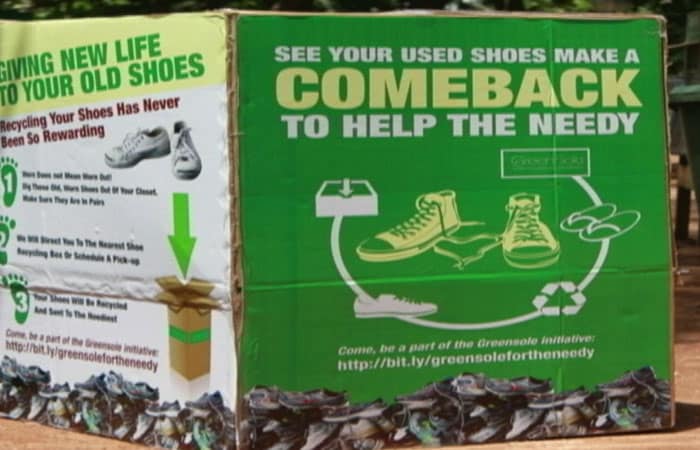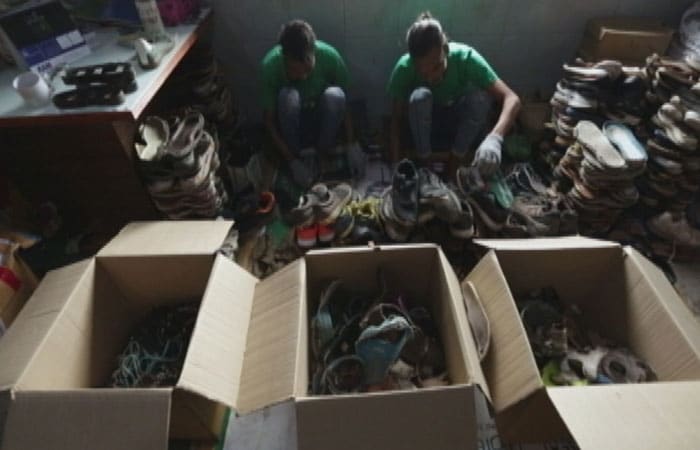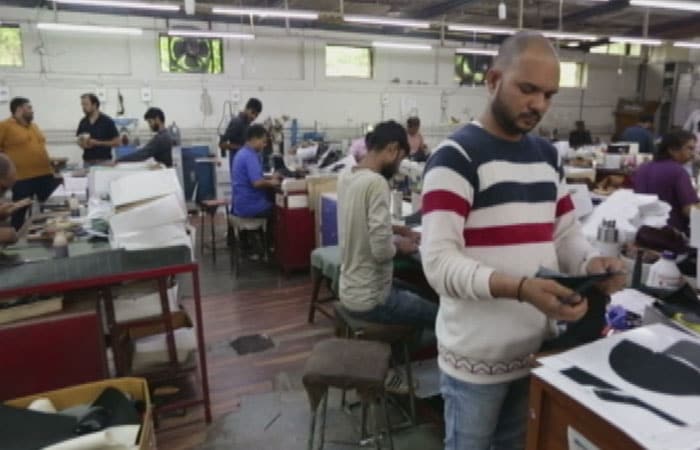Reusing Discarded Clothes And Shoes To Bridge The Gap Between Urban And Rural
One man's waste is another man's treasure. But when basic needs like clothing and footwear become a treasure, a gap must be bridged. Using urban discard to meet the needs of the rural are NGO Goonj and Greensole.
-
Being an aspiring journalist, Anshu Gupta was in search of a story when he came across Habib Bahi, a rickshaw puller who would pick up abandoned dead bodies for Delhi police. What moved Mr Gupta and made him aware of the clothing crisis were the words of Habib Bhai's daughter who said that whenever she felt cold, she hugged a dead body and slept peacefully because a dead body doesn't toss and turn.
-
Shaken by this experience, Mr Gupta quit his job and started NGO Goonj, to address the crucial gaps in urban and rural areas. The NGO works towards eliminating development issues faced in rural areas by using urban materials as a reward, especially clothes.
-
Through a very detailed process, with much care, the organisation matches the need of people in rural areas. The physical condition of the material is checked and turned into kits like family kits, disaster relief kits and school kits. These kits are then sent to various communities, slums, and villages.
-
The NGO also provides clean cloth to women as a hygienic product that they can use when menstruating. Anything that is cotton or semi-cotton, which is of no use for the larger part of the world, upon reaching Goonj, it is converted into 100 per cent bio-degradable, cheapest possible, reusable sanitary pad. This is called "My Pad". They don't even call it a sanitary pad. They say it's a better piece of cloth.
-
Shriyans and Ramesh are both athletes who ran hundreds of kilometers every year. Soon they realized they are throwing out three to four pairs of shoes due to wear and tear. That is when the duo thought about the unaddressed problem of footwear waste and how many shoes were going to landfills.
-
"The shoes are made of multiple materials. They are made of plastic and rubber. It is estimated that 60 parts go into the making of a shoe. It's a complex process. These things ultimately end up in landfills and stay there for hundreds of years. They don't decompose. They are incinerated which is harmful to the environment", says Shriyans.
-
With the aim to make an eco-friendly and more sustainable brand, Shriyans and Ramesh launched Greensole in 2015. While they started by recycling old shoes for corporates and under various corporate CSR (corporate social responsibility) programmes, today they get discarded shoes from schools, societies and individuals. In a year, the organisation receives two to three lakh pairs of shoes.
-
By recycling shoes, Greensoles helps the environment breathe well. The recycled shoes are donated among children in need. The company also employs people who are in need of jobs and create skill empowerment. This way they are doing social good, environmental good and economic good.
-
Till now, Greensoles has donated more than half a million pairs of slippers and their goal is to reach 10 lakh in the next two to three years. It's mainly shoes and apparel which is made into slippers, bags, mats, and different kinds of kits. So, a child gets a pair of footwear from which they can walk to school. They also get a bag. So it's not just about giving them essentials but also giving them products which are good for the environment.

